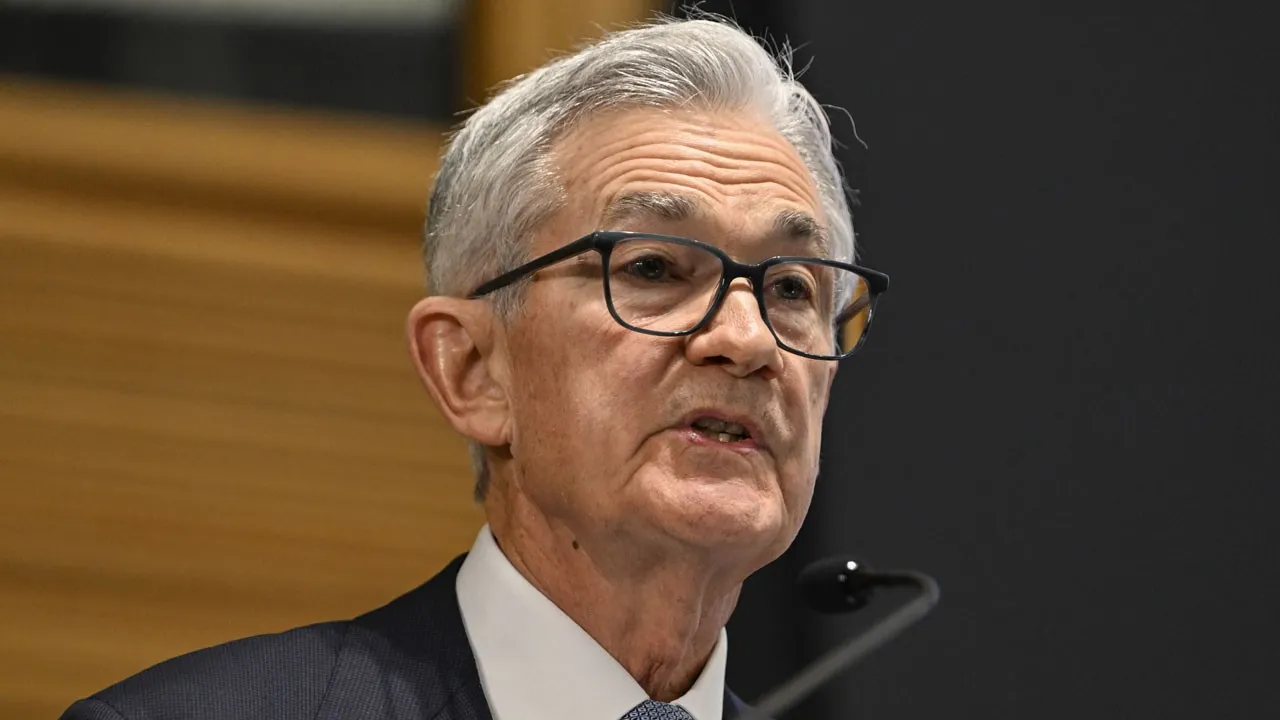Bitcoin price is struggling to stay above $62,400 as sell-offs have not ceased. GBTC outflows remain strong, and there is no significant appetite for risk in other ETFs according to recent data. The BTC decline, fueled by the ETF selling frenzy, could continue down to $59,000. So, what has happened and what will happen in the crypto market in the last 24 hours?
Current State of Cryptocurrencies
Let’s first talk about what will happen. In a few hours, the Fed will announce its new interest rate decision. More importantly, following the poor PPI and CPI data, we will hear Powell‘s latest predictions for the inflation decrease by 2024. What could be worse? Certainly, the Fed members’ update of the dot plot.
Members will share their two-year interest rate expectations, and if we see an upward revision, markets may grow more pessimistic with concerns that interest rate cuts will be delayed. This is quite dangerous for risk markets and is one of the most important events of the day. Members’ average interest rate expectations are 4.6% and 3.6%. Entering into higher interest rate expectations for one and two years later is quite risky.

Japan’s Pension Fund
BTC is falling, and good news is being ignored. However, the Government Pension Investment Fund (GPIF) of Japan is considering diversifying its investments into assets like Bitcoin. The recent nightmare of Canada’s Pension Funds losing money in the FTX collapse seems to be quickly forgotten.
As of the end of December 2023, GPIF’s total assets under management reached 225 trillion Japanese yen ($1.54 trillion), making it the world’s largest pension fund.
SEC and Its Legal Setback
The SEC is now officially confronted with the reality of its biased actions. A district court in the United States has confirmed the institution’s malicious conduct in its case against Debt Box. The sanctions applied in this case could be brought up by lawyers in the upcoming Coinbase and Binance cases in the following months.
SEC continues its negative discrimination in crypto by not establishing necessary rules for companies and failing to provide guidance, leading them to inevitable lawsuits.
Judge Shelby stated that the “critical evidence” presented by the SEC to win the case was “lacking any foundation” and was still put forward “intentionally in a false and misleading manner.”

 Türkçe
Türkçe Español
Español










